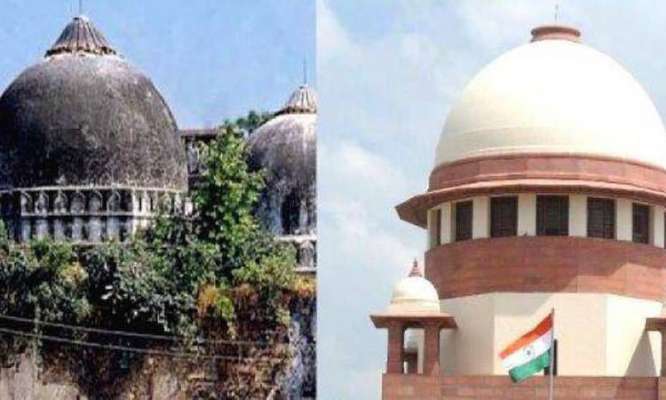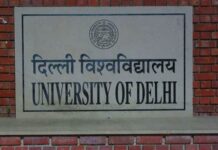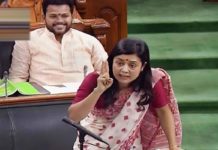Some things take their own sweet time to take the desired form; Sangh Parivar knows this truth very well.
Nation’s social and secular fabric was destroyed by the Babri Masjid- Mandir dispute in Ayodhya in recent decades. This was given an end by Supreme court.
Supreme court said this in clear words.
“The exclusion of the Muslims from worship and possession took place on the intervening night between 22/23 December 1949 when the mosque was desecrated by the installation of Hindu idols. The ouster of the Muslims on that occasion was not through any lawful authority but through an act which was calculated to deprive them of their place of worship.”
“After the proceedings under Section 145 of CrPC 1898 were initiated and a receiver was appointed following the attachment of the inner courtyard, worship of the Hindu idols was permitted. During the pendency of the suits, the entire structure of the mosque was brought down in a calculated act of destroying a place of public worship. The Muslims have been wrongly deprived of a mosque which had been constructed well over 450 years ago.”
Despite saying this in clear words, how could it happen that the disputed land was handed over only for Mandir construction? Many of the retired judges ask this question.
As an answer, the supreme court has said this in paragraph 799. “We have already concluded that the three-way bifurcation(Sunny waqf board, Ram Lalla Virajman and Nirmohi Akhada) by the High Court was legally unsustainable. Even as a matter of maintaining public peace and tranquillity, the solution which commended itself to the High Court is not feasible. The disputed site admeasures all of 1500 square yards. Dividing the land will not subserve the interest of either of the parties or secure a lasting sense of peace and tranquillity. “
What happens outside the court related to a case which is subjudice is totally irrelevant for us. Law and constitution are our supreme pinnacles. Our justice, our judgement process is based only on these two factors’ law and constitution. Thus the supreme court has reiterated in hundreds of cases.
But one can see many glaring exceptions to this stand of the supreme court. Emergency imposed by Indira Gandhi is one example. ‘Court could not avoid getting influenced by outside environment’ for this opinion, a glaring example made its presence in history forever. The right to freedom of human being and right to live are the fundamental rights given by our constitution. (Though these are not unfettered).
During the emergency, a five-member bench of the supreme court gave a majority judgement saying these two rights can be dismissed.
Justice H R Khanna wrote this judgement
In civil society, the right to life and personal freedom are fundamental rights of human beings… to surrender these rights to executive will not be allowed by the constitution and our laws.
Because of this dissenting judgement, he was denied promotion to the post of the chief justice, neglecting his seniority in service, a junior justice was promoted to the post and that was one of the egregious extremes of emergency.
In a later day, chief justice of supreme court apologized for this judgement. PN Bhagwati repented and said, he should have resigned than being part of such judgement.
This judgement is cited only as an example that the atmosphere outside the court can have an effect on a court judgement.
Even in Mandir Masjid dispute judgement, one cannot rule out the possibility of external factors influencing the verdict. But it is possible that, behind the current influence, a higher objective of ‘goodwill’ of maintaining social peace and harmony might have been there. The atmosphere outside the court that we see today was never seen in India before. Fierce Hindutva and aggressive nationalism have built a giant and ruthless majoritarian argument. The fact that from 1989, this dispute has spread communal polarization, violence, and hatred throughout India, must have been in the minds the judges. A good intention of avoiding another such trouble must have worked in delivering the judgement. Whatever the judgement, we must avoid feeling someone has won and someone has lost, this was said by the ruling party and the parivar behind it and it does look laudable from outset. But the ruling party and its back bone Sangha Parivar have already instigated the collective mood of majority of the country in favour of an idea of communal Hindu Rashtra. The ruling party and the parivar very well know that some things cannot be made to happen overnight. Then is it even possible that the apex court did not know this bitter truth? Thus, pros and cons that are possible if another work of hatred and violence were to affect the nation. That is why, the noble principle of delivering justice must have reduced itself into mere dispute settlement agreement. We should remember that delivering justice and dispute settlememt are two different things. If delivering justice was given priority, mandir and masjid both would have stayed together in that 2.77 acre space.



























